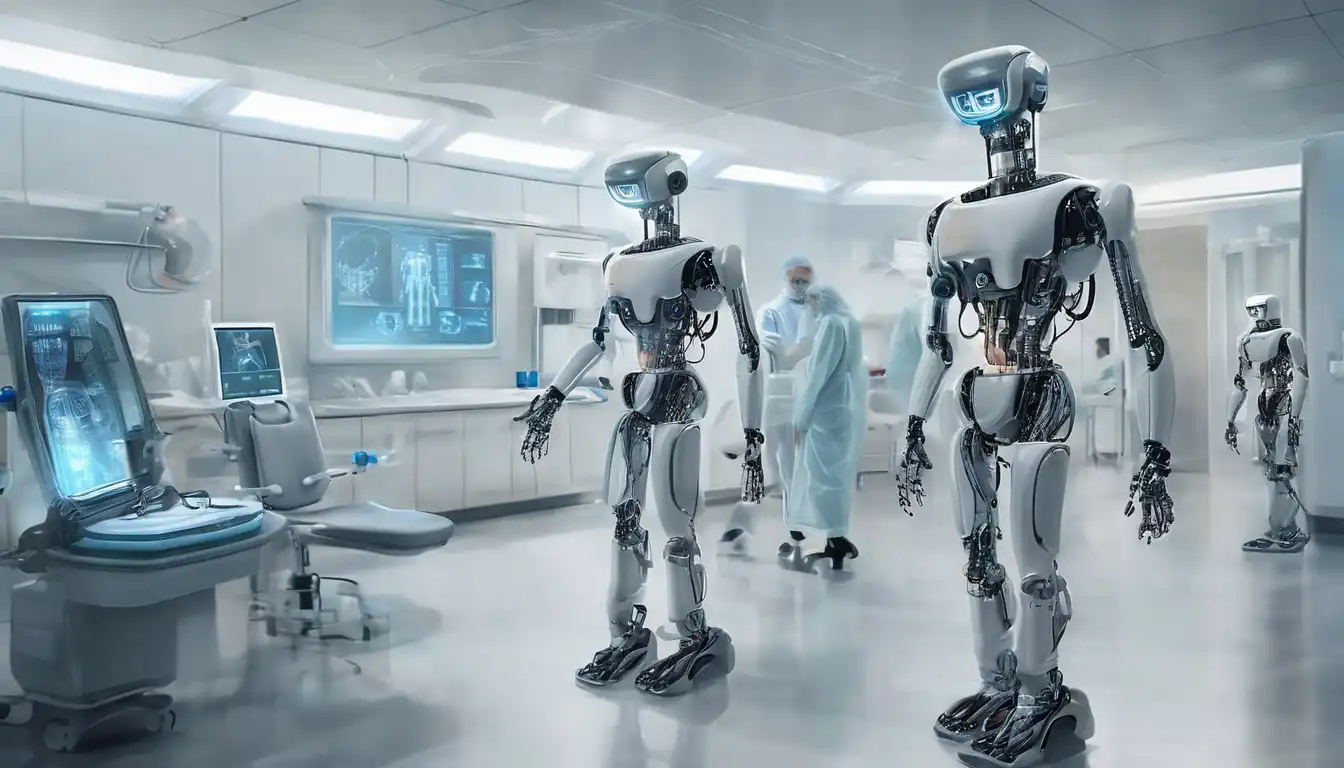The Next Era of Robotics in Healthcare
The integration of robotics into healthcare is transforming patient care, surgical procedures, and rehabilitation processes. This technological advancement is not just a glimpse into the future; it's a present reality that's reshaping the medical field. From robotic-assisted surgeries to automated patient monitoring systems, the potential for robotics in healthcare is boundless.
Robotic-Assisted Surgeries: Precision and Efficiency
One of the most significant contributions of robotics in healthcare is in the realm of surgery. Robotic-assisted surgeries allow for unparalleled precision, reducing human error and improving patient outcomes. These systems, such as the renowned da Vinci Surgical System, enable surgeons to perform complex procedures with more accuracy, flexibility, and control than conventional techniques.
Automated Patient Monitoring: A New Standard of Care
Automated patient monitoring systems are another area where robotics is making a mark. These systems can continuously monitor vital signs, detect abnormalities, and alert healthcare providers to potential issues before they become critical. This not only enhances patient safety but also alleviates the workload on medical staff, allowing them to focus on more pressing tasks.
Rehabilitation Robotics: Accelerating Recovery
Rehabilitation robotics is revolutionizing the way patients recover from injuries and surgeries. Devices such as exoskeletons and robotic limbs provide support and strength to patients, enabling them to regain mobility faster than traditional methods. This technology is particularly beneficial for stroke survivors and individuals with spinal cord injuries.
The Future of Robotics in Healthcare
The future of robotics in healthcare is bright, with ongoing research and development paving the way for more innovative applications. From nanorobots that can target and treat diseases at the cellular level to robotic caregivers that can assist the elderly, the possibilities are endless. As technology advances, the integration of robotics in healthcare will continue to grow, offering new ways to improve patient care and outcomes.
For more insights into the latest trends in medical technology, explore our medical technology trends section.
Challenges and Considerations
Despite the numerous benefits, the adoption of robotics in healthcare comes with its set of challenges. High costs, training requirements, and ethical considerations are some of the hurdles that need to be addressed. However, with continuous advancements and decreasing costs, robotics is set to become an integral part of healthcare systems worldwide.
In conclusion, the future of robotics in healthcare is not just about technological innovation; it's about enhancing the quality of patient care and making healthcare more accessible and efficient. As we move forward, the collaboration between humans and robots in the medical field will undoubtedly open new horizons in treatment and care.
